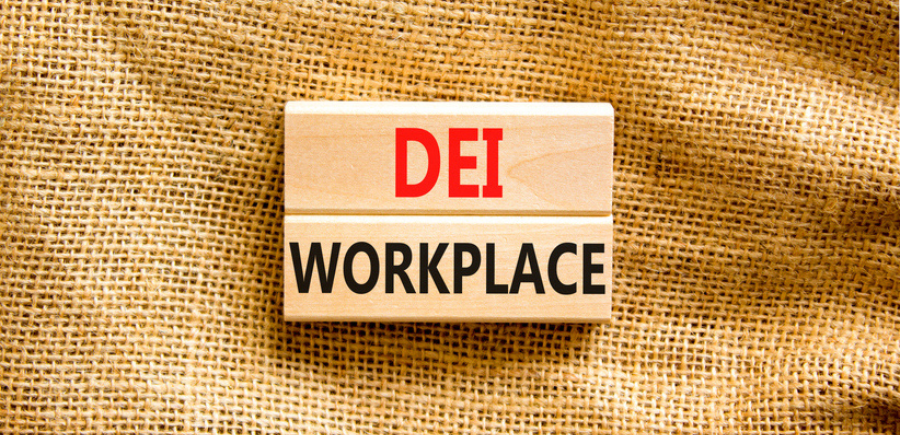For an employee with an addictive disorder, knowing what to do and where to turn can be incredibly difficult. While stigma around mental illness has generally improved in recent years, addictive disorders (particularly involving substances) are still highly stigmatized and misunderstood, creating a barrier to help-seeking.
Likewise, leaders can struggle to support employees with addictive disorders. Sometimes the challenge stems from their own implicit biases - people often assume addiction is the result of poor choices, leading to judgement rather than compassion and empathy. Other times, leaders may just be unclear how best to help. Despite these challenges, leaders have a critical role to play in supporting employees with addictive disorders.
Understanding addictive disorders
Addictive disorder is a form of mental illness that can affect anyone, regardless of title, responsibility, or salary. It can involve over consumption of substances, such as alcohol and drugs, or excessive involvement in activities, like gambling.
Alcoholism is one of the most common addictive disorders. Stats Canada reported in 2020 that approximately 16.6 percent of Canadians were considered heavy alcohol drinkers.
The Centre for Addiction and Mental Health (CAMH) describes addiction as:
- Craving
- Loss of control of amount or frequency of use
- Compulsion to use
- Use despite consequences
People living with mental illness are twice as likely as other Canadians to experience problematic substance use. These individuals also account for nearly one-third of inpatient mental health admissions.
And, not surprisingly, the pandemic exacerbated this issue. A Leger Poll of more than 4,000 Canadian residents, commissioned by the Mental Health Commission of Canada, found that respondents with past and current mental health concerns indicated both increased and more problematic substance use.
Supporting employees with addictive disorders
Employees suffering from addictive disorders are protected under human rights legislation, as are persons with any other mental illness, and employers have a duty to accommodate. Your mental health strategy should include training leaders in addictive disorders, and having clear policies, procedures, and resources to assist employees who need it.
In the CEO Health + Safety Leadership Network white paper, Marajuana in the Workplace, Labour and Employment Lawyer and Workplace Investigator, Asha Rampersad, explains that accommodation should be a collaborative process.
In the case of a unionized workforce, it should involve the employer, employee and union. It is the employee’s responsibility to cooperate, provide medical information and share treatment plans. In non-unionized workforces, the employee and employer should both be actively engaged in the accommodation process.
Below are some additional steps you can take to support employees with addictive behaviours in your workplace.
- Remember your attitude and behaviours shape perceptions. The way you talk about this issue, your commitment to creating the plan, and the ease with which you share information, all directly affect stigma. If your messages don’t align with the employee’s experience or they face endless red tape, they likely won’t feel supported enough to come forward.
- Educate all leaders on this form of mental illness. Alcohol and cannabis use often begin as a coping strategy to deal with stress, and when it is repeated it can become a physical and psychological dependency. Some prescription drugs are used to control pain and can be addictive. Providing leaders with training in mental illness and addictive disorders can help them recognize the signs and symptoms and will help to reduce stigma.
- Communicate the support you can provide. Communicate and reaffirm what is available through your employee benefits program to support workers’ mental health and substance dependency. At a minimum, employers must hold the employee's job and provide a reasonable period of time for recovery. It’s also important to remember that detox is just the start of treatment; it does not equal recovery.
- Build a continuum of support for workers. Share it often and openly with all employees. Consider using a simple, user-friendly infographic to illustrate how the steps that may be taken throughout the recovery and return to work processes. Steps might include:
- Providing time a way from the workplace (if needed).
- Contacting EFAP for local substance use professionals covered under the extended benefits plan to get immediate medical and emotional support.
- Requesting a note from the employee's doctor or primary care professional which outlines the treatment plan.
- Accounting for the post-detox period, which requires additional time for healing and treatment support before the worker is ready to return to work.
- Mapping out the journey to return to work.
- Understand the treatment options that are available. There is a wide array of private and public treatment centres available to facilitate recovery. However, employees may have trouble accessing these services due to location, long waitlists or high costs. If you are able, you may consider covering or offsetting the cost of treatment.
- Connect employees with the appropriate resources and professional support. When a person tries to detox from substance use themselves, this can result in death due to delirium tremors and withdrawal seizures. To ensure they understand how and when to access professional support, engage in duty-to-inquire conversations and provide insight into detox and recovery pathways.
Employees with addictive disorders can face many barriers to voluntary help-seeking, but their workplace shouldn’t be one of them. In addition to external stigma, people with addictive disorders often experience a high degree of self-stigma fueled by denial, shame, avoidance, and secrecy. Leading with understanding and compassion can go a long way to decreasing stigma and helping all employees get the support they need.
Get to know the authors – Dr. Bill Howatt and Michel Rodrigue

 Dr. Bill Howatt and Michel Rodrigue
Dr. Bill Howatt and Michel Rodrigue



